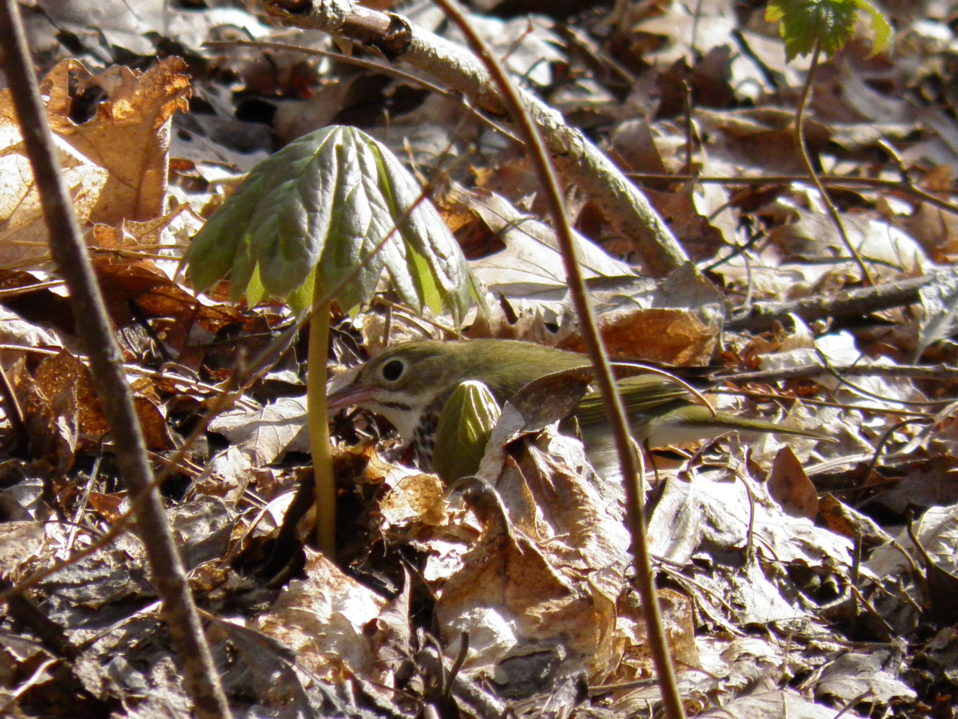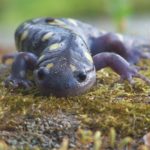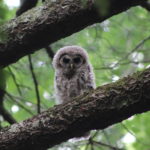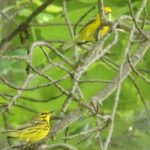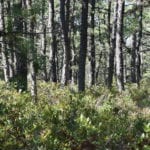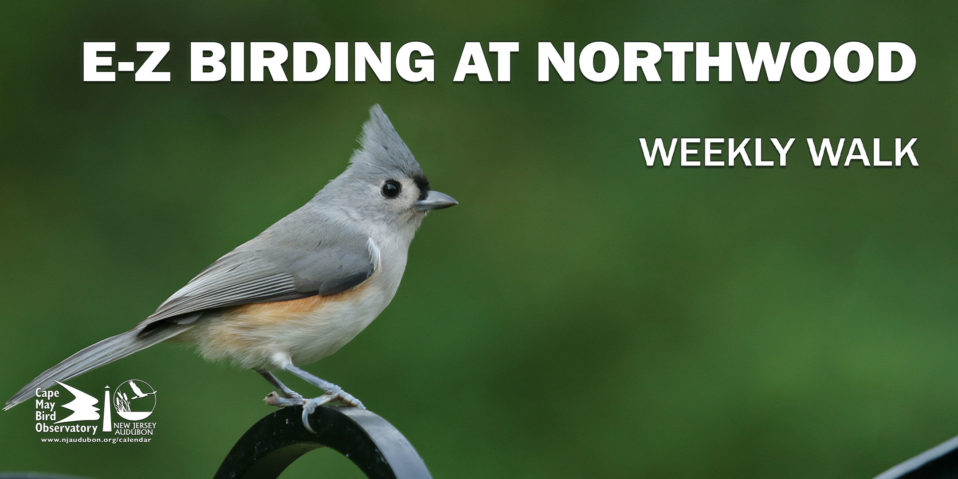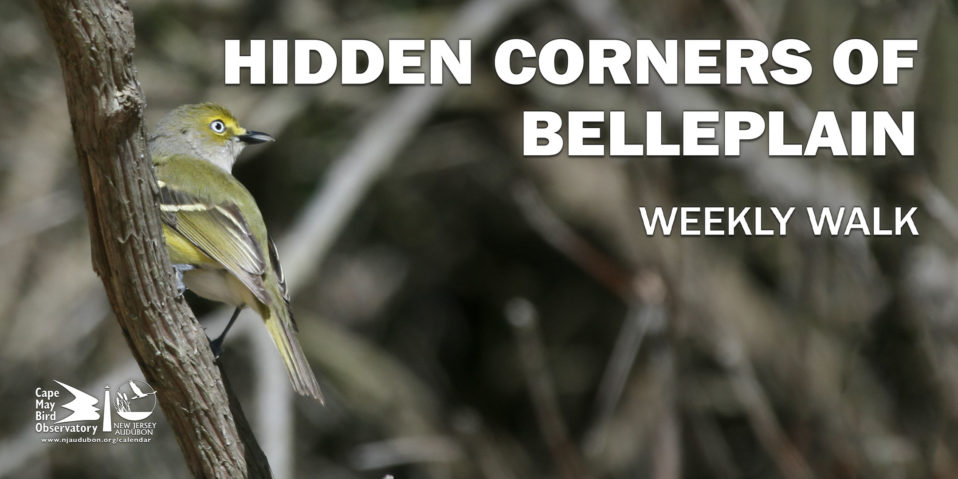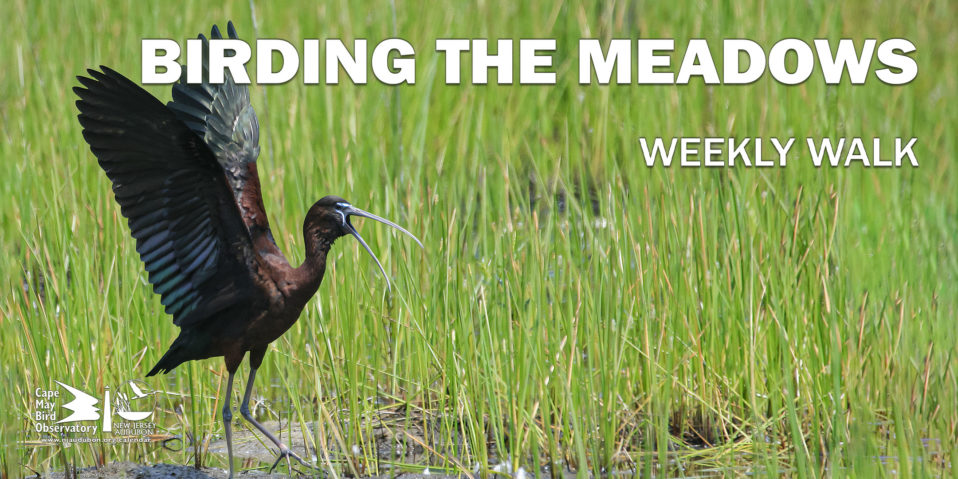One site identified by Davis in her book, Old Growth in the East: A Survey (1993) as possible old growth, was the William L. Hutcheson Memorial Forest (HMF). This 65-acre predominantly oak forest is in central New Jersey and owned by Rutgers University. When Rutgers acquired the forest in the 1950s, individual oaks were more than 300 years old and the understory was reported to contain flowering dogwoods, maple-leaf viburnum, mayapple, and other native shrubs and wildflowers (Rutgers, n.d.). However, when Rutgers was deeded the property, the instructions were to preserve the forest “free from interference by man” in perpetuity.
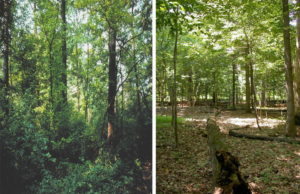
Photos of Hutcheson Memorial Forest (New Jersey, US) in 1973 (left) and 2005 (right) illustrating the loss of understory vegetation over time. Brown, et al. 2019 – Photo credits: Jim Quinn (left) and Myla Aronson (right)
Back then, in the mid-1900s, ecologists thought that without human interference seemingly healthy ecosystems would stay healthy. However, humans had already altered natural processes (e.g., reduced fire intervals) and introduced invasive plants, pests, and diseases, leaving preserved forests like Hutcheson to degrade rapidly over time (Jasch 2001, Zhorov 2016). For the Hutcheson tract a combination of lack of fire, extensive shade from a dense canopy and overabundant deer populations reduced native shrubs and young trees, causing the understory to become dominated by invasive plants like garlic mustard, multiflora rose, and Japanese Barberry. These factors (i.e. extensive shade, excessive deer browse and invasive vegetation) then undermine native vegetation regeneration and jeopardize the future of the forest. “So, with our attempts not to manage, we are causing the change,” said a Rutgers PhD candidate and caretaker of Hutcheson in a 2001 interview about the decline of the Hutcheson Memorial Forest. “The demand that it remains ‘preserved’–untouched–is promoting its decline. In its state of flux over time, the rules that vow to protect it will likely destroy it.” (Jasch, M. 2001).
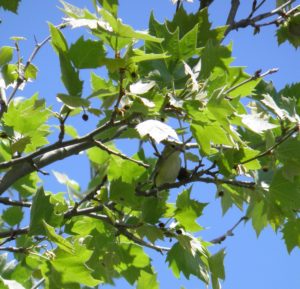
The Red-eyed Vireo is common forest species in NJ. According the Brown, et al 2019 study, Species that were often present at HMF in the historical time period are no longer present (e.g., Red-eyed Vireo), Other forest species such as the Ovenbird and Black-and-White Warbler that nest on the ground or in the understory are all extirpated from HMF. Changes in the understory at HMF are likely key factors as to why the forest, despite its protected status, has not been more successful at protecting the diversity of birds that breed there (Brown et al, 2019). Photo by John Parke
Additionally, researchers found evidence that eleven-year fire recurrence was part of the forest’s life cycle prior to 1700 (Buell et al. 1954). The elimination of fire likely drove denser canopy cover and favored shade-tolerant species like red maple at the expense of oaks, which need more light to grow from seedlings. Denser canopy cover, coupled with deer browse on young seedlings, caused native plant diversity in Hutcheson to suffer. Observed loss of plant species diversity over the last 60+ years prompted a decision to install a deer fence around the forest. The hope was to reduce deer browse, giving native vegetation a chance to respond and increase biodiversity in the forest (Zhorov 2016). But fencing is likely not enough to restore proper forest function and support native plants and wildlife species historically found in Hutcheson Memorial Forest. Continued monitoring and research will determine future active management decisions.
In January 2019, a study on forest conditions and bird populations in Hutcheson Memorial Forest by Penn State University, Rutgers University, and the USDA, reported “that nearly half the bird species found in the forest at the time of its initial protection in the mid-1900s are now gone” (Penn State 2019). The findings of the research, published in Biodiversity and Conservation, also suggest that while well-intentioned – protected status (i.e., no management would be performed) did not yield the conservation benefits intended through protection. The research went on to say that, “habitat conservation needs effective active management. The lack of sound forestry practices, invasive plant removal and prescribed fire, in the long run, has the consequence of degrading habitat — and bird populations suffer” (Brown et al. 2019).
“We have learned that an active approach is much better for the habitat and the birds — if you don’t do something, provide some management, then you prevent the existing plant community from replacing itself,” said the study’s research team member Julian Avery, assistant research professor of wildlife ecology and conservation in Penn State’s College of Agricultural Sciences (Penn State 2019).
By Liz Matseur, John Parke, Don Donnelly and Alex Ireland, Ph.D
References
Brown, J. A., J. L. Lockwood, J. D. Avery, J. C. Burkhalter, K. Aagaard, and K. H. Fenn. 2019. Evaluating the long-term effectiveness of terrestrial protected areas: a 40-year look at forest bird diversity. Biodiversity and Conservation 28: 811–826. https://doi.org/10.1007/s10531-018-01693-5
Davis, M. D. 1993. Old Growth in the East: A Survey. Cenozoic Society, University of Wisconsin-Madison.
Buell, M. F., H. F. Buell, and J. A. Small. 1954. Fire in the history of Mettler’s Woods. Bulletin of the Torrey Botanical Club 81: 253-355.
Jasch, M. 2001. A tribute to primal growth: Hutcheson Memorial Forest. New Jersey Skylands. https://www.njskylands.com/pkhutch
Rutgers, School of Environmental & Biological Science, Hutcheson Memorial Forest Center, Flora & Fauna. Retrieved from https://hmf.rutgers.edu/flora-fauna.html
Penn State. 2019, January 22. Without habitat management, small land parcels do not protect birds.” ScienceDaily. Retrieved from www.sciencedaily.com/releases/2019/01/190122171331.htm
Zhorov, I. 2016, May 16. A small patch of old growth forest with big lessons in conservation. WHYY. https://whyy.org/segments/a-small-patch-of-old-growth-forest-with-big-lessons-in-conservation/




